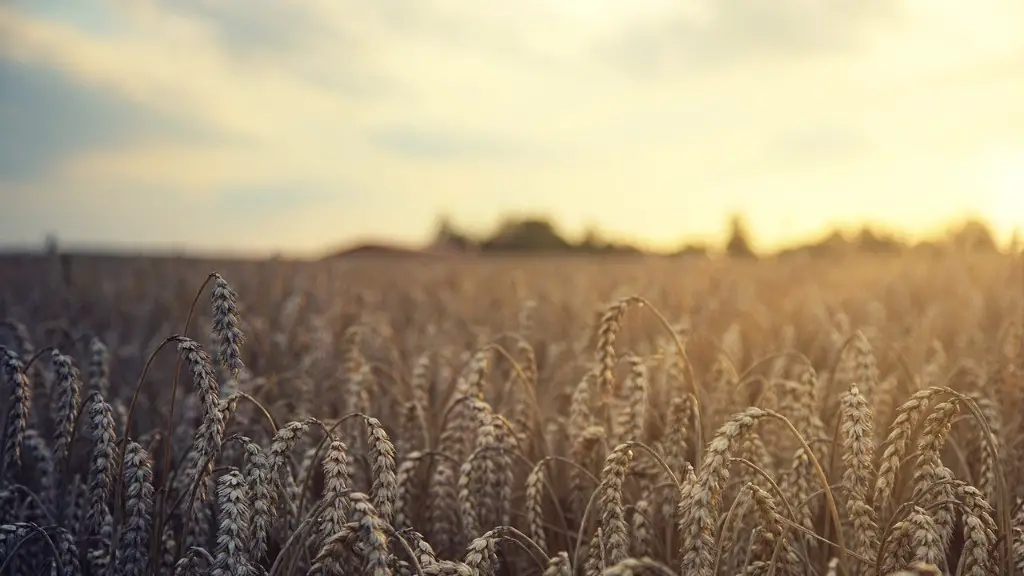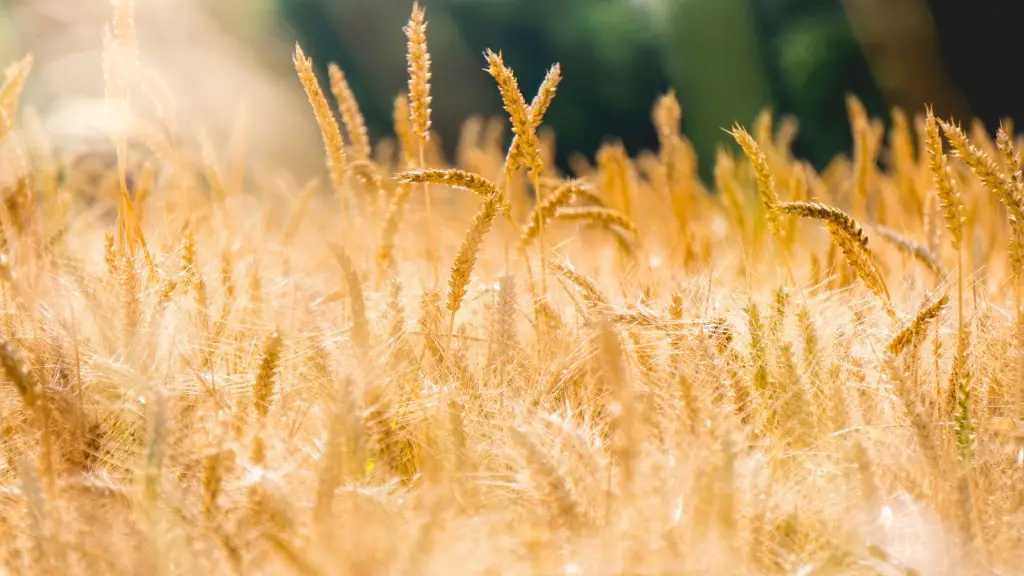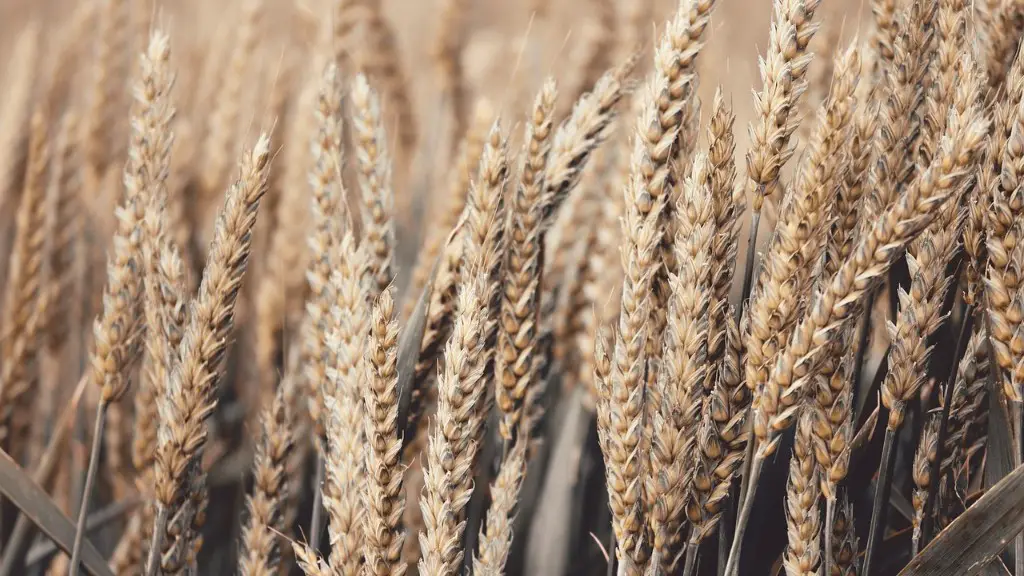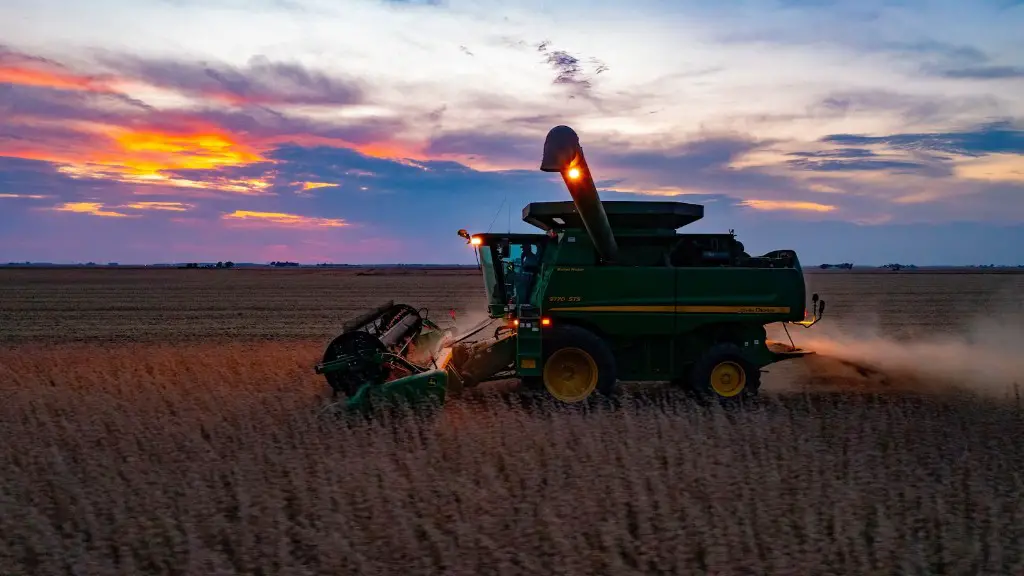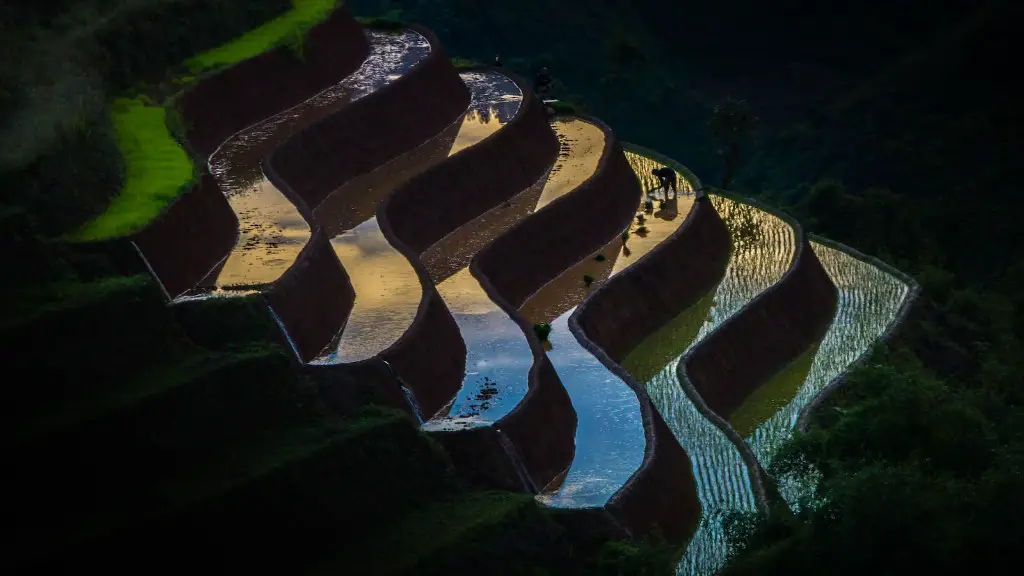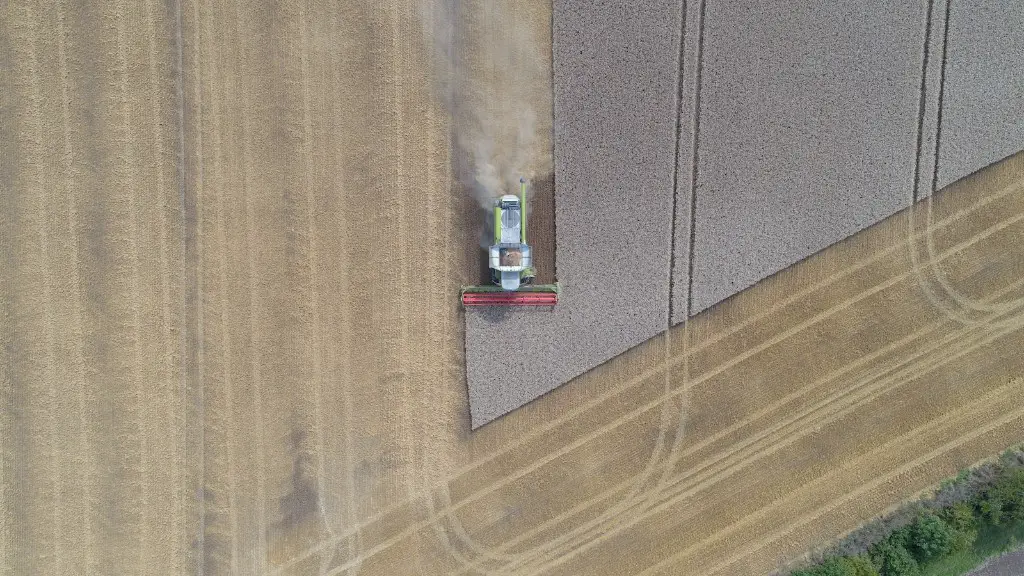Slash and burn agriculture is a type of farming where farmers clear a piece of land by cutting down the vegetation and burning it. This process is also known as swidden agriculture or shifting cultivation. This type of farming is often used in areas where the soil is not very fertile and where there is not enough rainfall to support other types of agriculture.
Slash and burn agriculture typically occurs in tropical rainforest regions. This method of agriculture involves cutting down trees and burning the debris to clear a space for farming.
What parts of the world have used slash and burn agriculture?
Slash-and-burn agriculture is a type of farming that involves cutting down trees and burning them in order to clear land for planting crops. This method of agriculture has been used in Central America and Mexico for thousands of years. However, today, with more people than ever trying to survive in the midst of dwindling natural resources, its impact is particularly destructive and unsustainable.
Slash-and-burn agriculture destroys forests, which are vital to the environment. Forests provide homes for wildlife, help to regulate the climate, and play a role in the water cycle. When they are destroyed, these important functions are lost. In addition, slash-and-burn agriculture releases large amounts of carbon dioxide into the atmosphere, contributing to climate change.
Further, this type of agriculture is not sustainable in the long-term. Once the land is cleared and the crops are harvested, the land is no longer usable for agriculture. This leads to a need to clear more forestland, exacerbating the problem.
It is clear that slash-and-burn agriculture is not a sustainable or environmentally friendly way to farm. In order to protect our environment, it is important to find other, more sustainable methods of agriculture.
Jhumming is a type of slash-and-burn agriculture that is commonly practiced in the north-eastern states of Assam, Nagaland, Meghalaya, and Mizoram. In this type of farming, farmers usually choose a forest area first. The trees are cut down and burnt. Then the land is cultivated and crops are grown on it.
Why does slash-and-burn happen
The slash and burn process is a great way to clear land for agriculture and introduce fertilizing nutrients into the soil. It is burned here because the burning process releases nutrients which then fertilize the soil. This leaves the soil in excellent condition to grow crops.
Slash-and-burn agriculture is a type of cultivation that was used in Europe during the Neolithic period, and it is still widely used by indigenous peoples and landless peasants in the tropical rain forests of South America. The plots used in slash-and-burn agriculture are small, typically 1–15 acres (04–06 hectare).
Which populations use slash-and-burn farming?
Slash-and-burn agriculture is a type of farming that involves cutting down trees and shrubs, burning them, and using the resulting ashes as fertilizer. This type of agriculture is often practiced in tropical regions, where the leached soils are nutritionally poor. While slash-and-burn agriculture can be damaging to the environment, it is often the only type of agriculture that can be practiced in these areas.
The milpa is a great example of slash and burn agriculture. Every year, farmers slash and burn a single plot of land. This land then turns into a forest garden. After a few years, the land is then slashed and burned again, and replanted. This process is repeated over and over, and is a great way to sustainably use land.
Where is slash and burn used today?
Slash and burn farming is a type of farming that involves cutting down trees and burning them in order to clear a space for crops or other vegetation. This method of farming has been shown to be effective at restoring nutrients to the soil, which can improve crop yields. Additionally, slash and burn farming can also help to control erosion and improve the health of the local ecosystem.
Slash and burn agriculture is a type of farming where farmers cut down the trees of the forest and burn the plant remains. After cultivation, the area is left alone for several years so as to allow its recovery. The farmers then move on to other areas and repeat this process.
Why did farmers use slash and burn
Slash and burn methods of agriculture are typically used in upland areas with steep slopes, low soil fertility, and unpredictable natural hazards. This type of agriculture allows people to survive in an environment that would otherwise be difficult to cultivate.
Burning trees and other plants is a traditional farming technique used to clear and fertilize the land. This method is still used today by subsistence farmers to provide temporary fertility to the soil. While this technique is effective, it can also be damaging to the environment if not done properly.
Does the US use slash and burn?
Slash and burn agriculture is a type of subsistence farming that is practiced in many parts of the world. It involves cutting down and burning vegetation, and then using the ashes as fertilizer for the next growing season. This type of agriculture is often criticized for its negative environmental impact, as it can lead to soil erosion and deforestation.
Today’s slash-and-burn agriculture is hardly sustainable. It has led to deforestation, increased carbon emissions, and a loss of biodiversity.
What are the three features of slash and burn agriculture
The slash-and-burn method of farming is used by many communities in order to make the land available for rooting crops and food crops. This method typically involves removing forests and burning trees in order to clear the land. After the land has been cleared, farmers will plant their crops and let them grow for a few years. Once the soil has become depleted, farmers will move on to another area and repeat the process. The digging stick is often used in this type of farming, as it is a simple and effective tool for clearing land and planting crops.
That said, it is important to note that slash and burn and shifting cultivation are not necessarily farming techniques that are to blame for these negative impacts. In many cases, it is the way that these techniques are used – or abused – that leads to environmental destruction. When used correctly, slash and burn and shifting cultivation can actually be beneficial to the environment, providing much needed nutrients to the soil and helping to promote regeneration of the land. It is only when these techniques are used without thought or care for the environment that they can lead to such devastating consequences.
What is another word for slash and burn agriculture?
Shifting cultivation is a type of agriculture where a plot of land is cleared by cutting and burning vegetation, and crops are then grown on the cleared land. After a few years, the land is abandoned and the process is repeated on another plot of land.
Slash and burn agriculture is a type of farming that involves cutting down trees and burning them in order to clear a piece of land for farming. This method of farming is often used in tropical regions where biodiversity is extremely high. Because of this, the practice of slash and burn agriculture can lead to the endangerment and extinction of many plant and animal species.
Warp Up
Slash and burn agriculture occurs in tropical rainforests.
Although slash and burn agriculture is often associated with tropical rainforests, it actually occurs in many different types of ecosystems all over the world. This type of agriculture is often used by subsistence farmers who do not have access to other resources. Slash and burn agriculture can be very damaging to the environment, as it involves clearing large areas of land and burning the vegetation. This can lead to soil erosion and loss of biodiversity.
